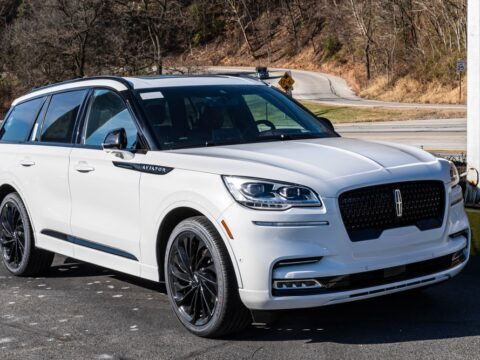Aircraft carriers are the giants of naval warfare, representing the pinnacle of military engineering and strategic prowess. However, not every ambitious design made it past the drawing board. In this article, we explore 15 visionary aircraft carriers that, despite their promising blueprints, never took flight. Discover the untold stories of these colossal vessels that could have reshaped naval history.
Contents
USS United States (CVA-58)
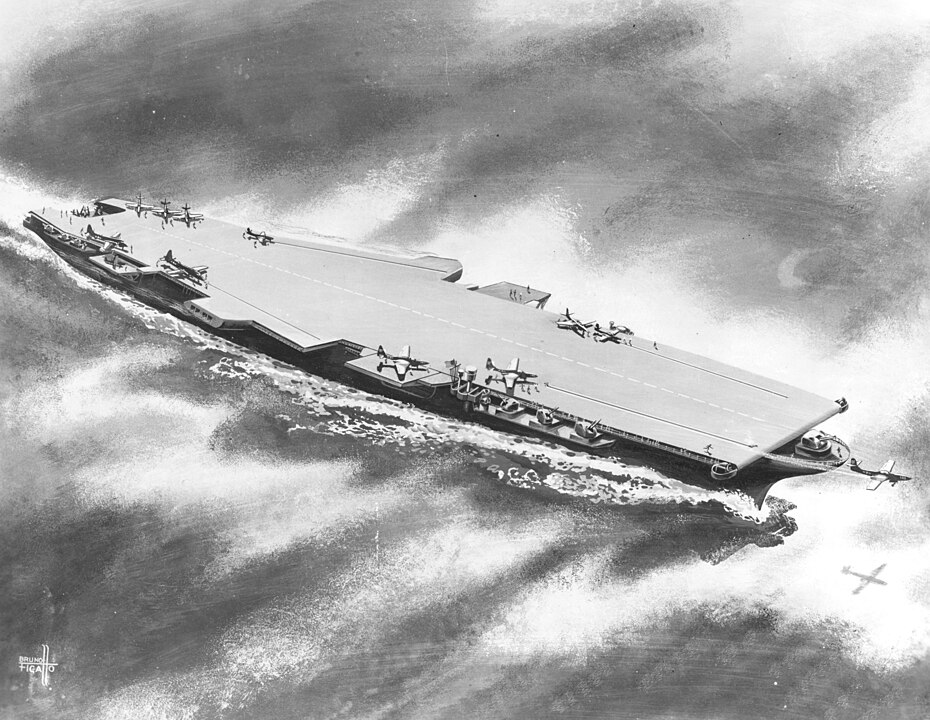
Designed as a supercarrier with advanced jet capabilities, the USS United States was canceled due to budget constraints and changing defense strategies. This ambitious project would have significantly enhanced the U.S. Navy’s power projection but was deemed too costly and unnecessary in the evolving Cold War context.
Graf Zeppelin

Nazi Germany’s only aircraft carrier project, the Graf Zeppelin, was halted due to shifting wartime priorities and resource shortages. Although partially constructed, it never became operational, reflecting the challenges Germany faced in balancing its naval and land-based military efforts.
USS America (CV-66)
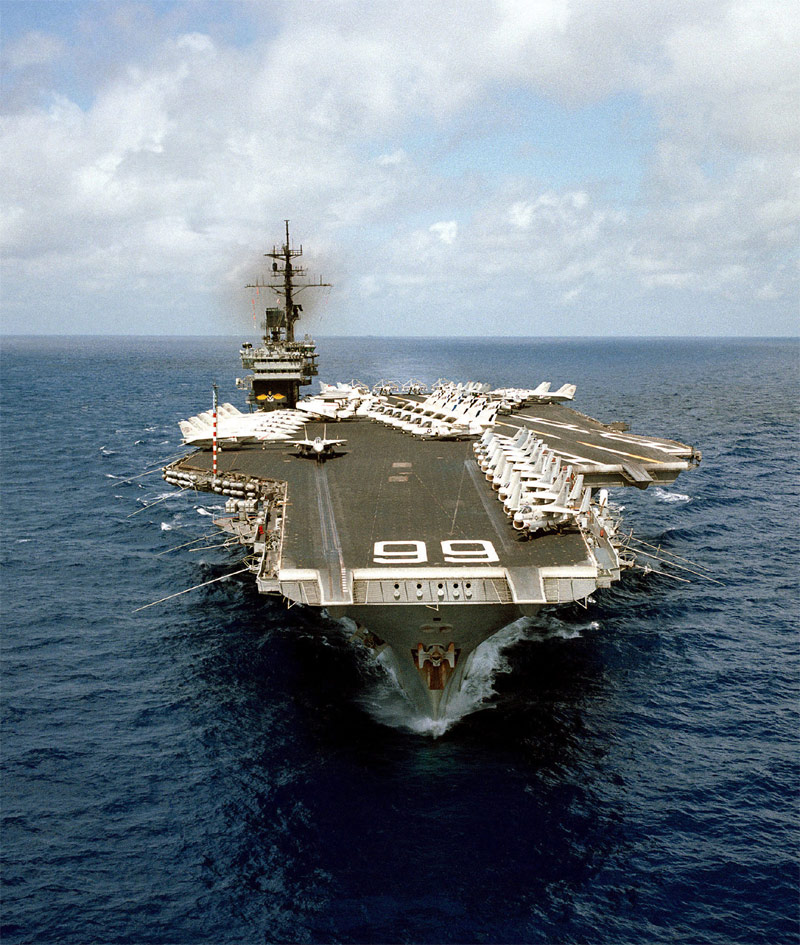
A proposed nuclear-powered variant of the Kitty Hawk-class, the USS America, was never realized due to cost concerns and the strategic decision to focus on other nuclear-powered carriers already in service.
USS Midway (CVB-41)
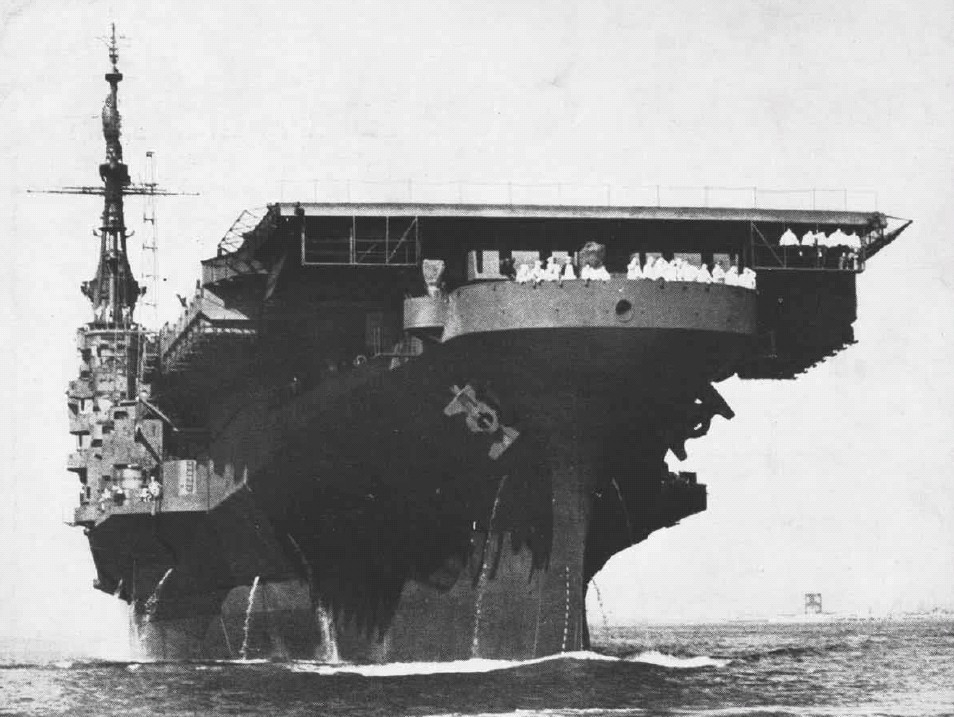
While the USS Midway served successfully, plans for a nuclear-powered version were scrapped. The decision highlighted the high costs and technical challenges associated with nuclear propulsion at that time.
HMS Lion
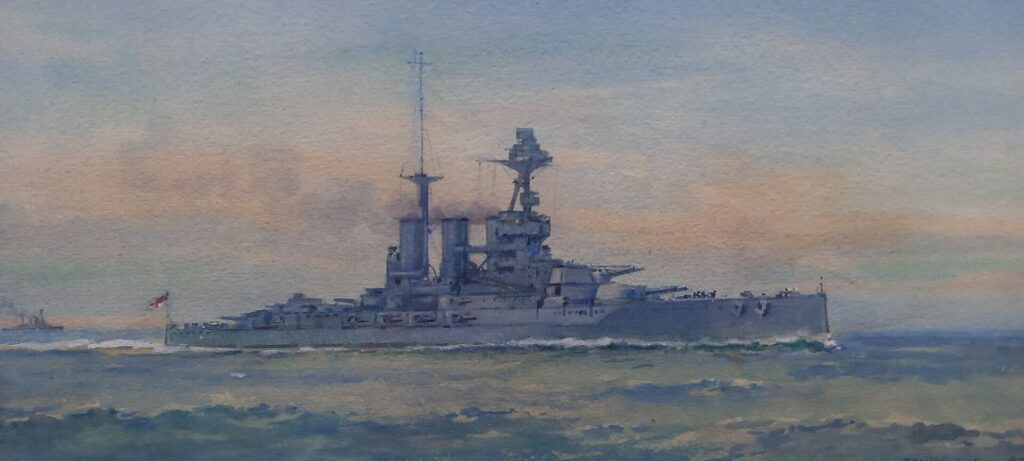
Planned as a new class of British aircraft carriers, the HMS Lion was never built due to post-war economic constraints. The project represented Britain’s attempt to maintain naval superiority but was ultimately unaffordable in the post-WWII economic climate.
USS Essex (CV-9)
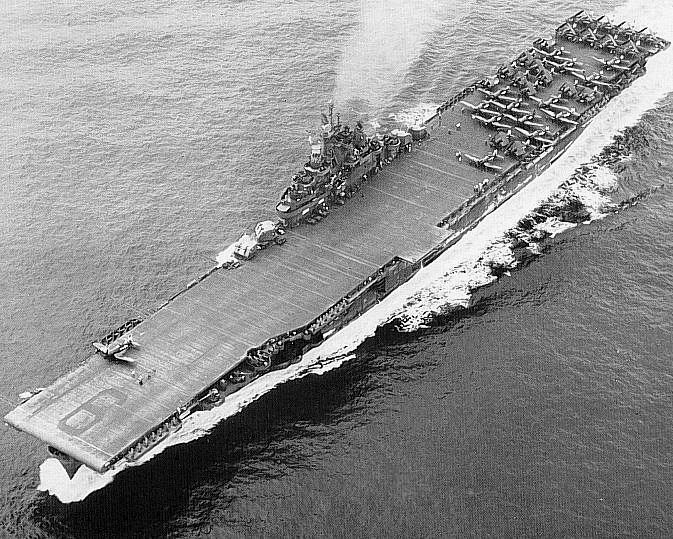
Although the Essex-class carriers were pivotal during WWII, proposed upgrades to nuclear power were never implemented. The complexity and expense of nuclear conversion were key factors in this decision.
USS Saratoga (CV-3)

Originally a battlecruiser converted into an aircraft carrier, the USS Saratoga had plans for nuclear-powered conversion that were abandoned. The logistical and financial demands outweighed the perceived benefits at the time.
USS Long Beach (CGN-9)

Initially planned as a nuclear-powered aircraft carrier, the USS Long Beach became a guided missile cruiser instead. The shift reflected a strategic realignment towards missile-based naval warfare.
USS Ranger (CV-61)
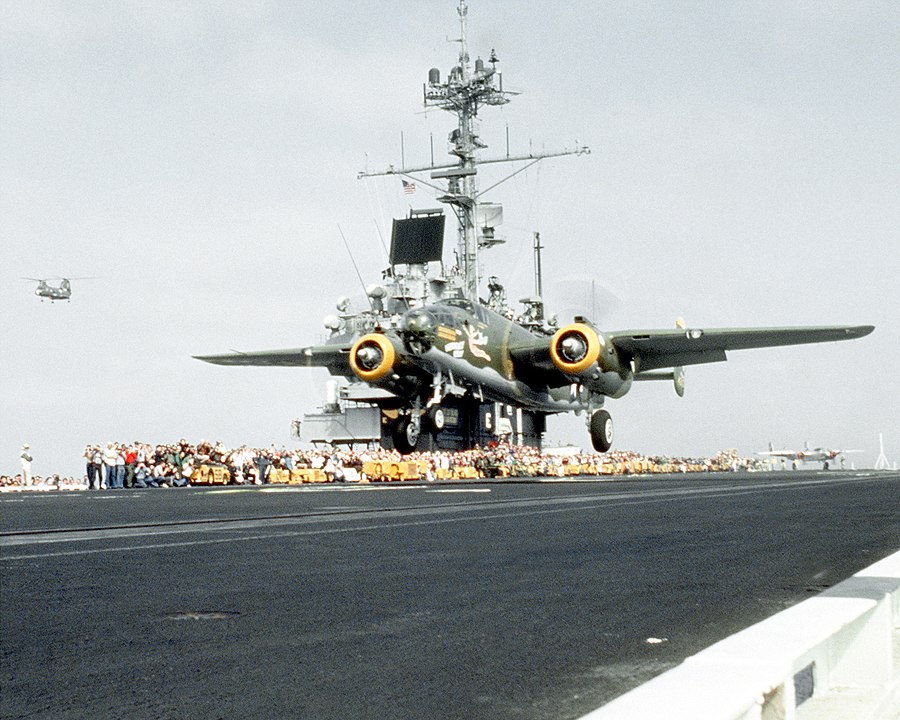
Proposed nuclear upgrades to the USS Ranger were never carried out. The costs and technical difficulties of retrofitting an existing carrier with nuclear propulsion proved prohibitive.
USS Enterprise (CVN-65)
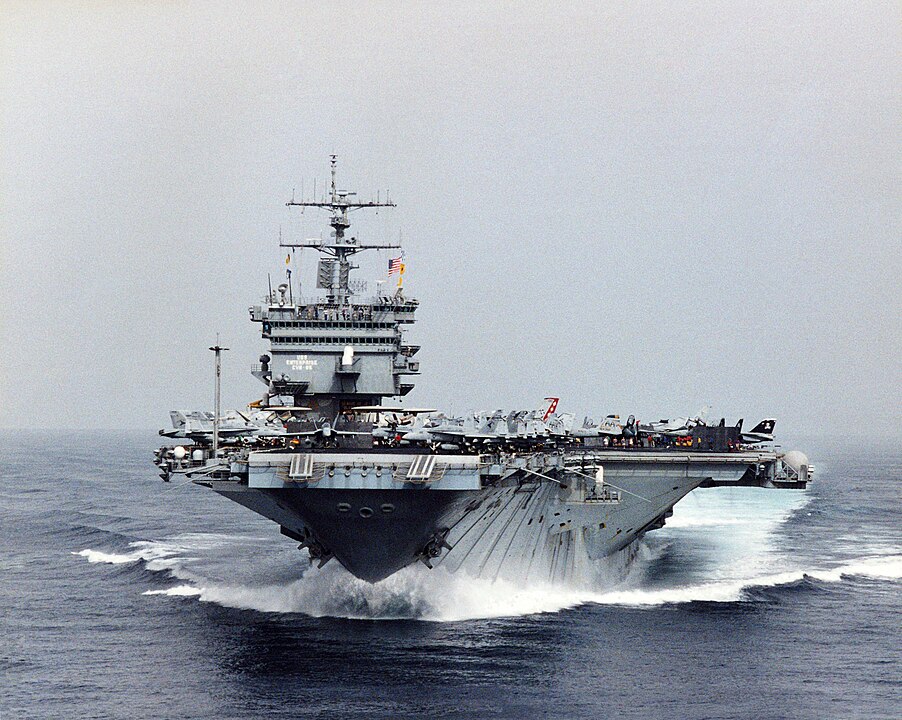
While the USS Enterprise was the first nuclear-powered aircraft carrier, proposed variants with enhanced capabilities were never built. Budget constraints and evolving naval strategies led to the prioritization of other projects.
USS Coral Sea (CV-43)

Plans for a nuclear-powered variant of the USS Coral Sea were scrapped, reflecting the U.S. Navy’s focus on newer nuclear carriers already in development.
USS Constellation (CV-64)
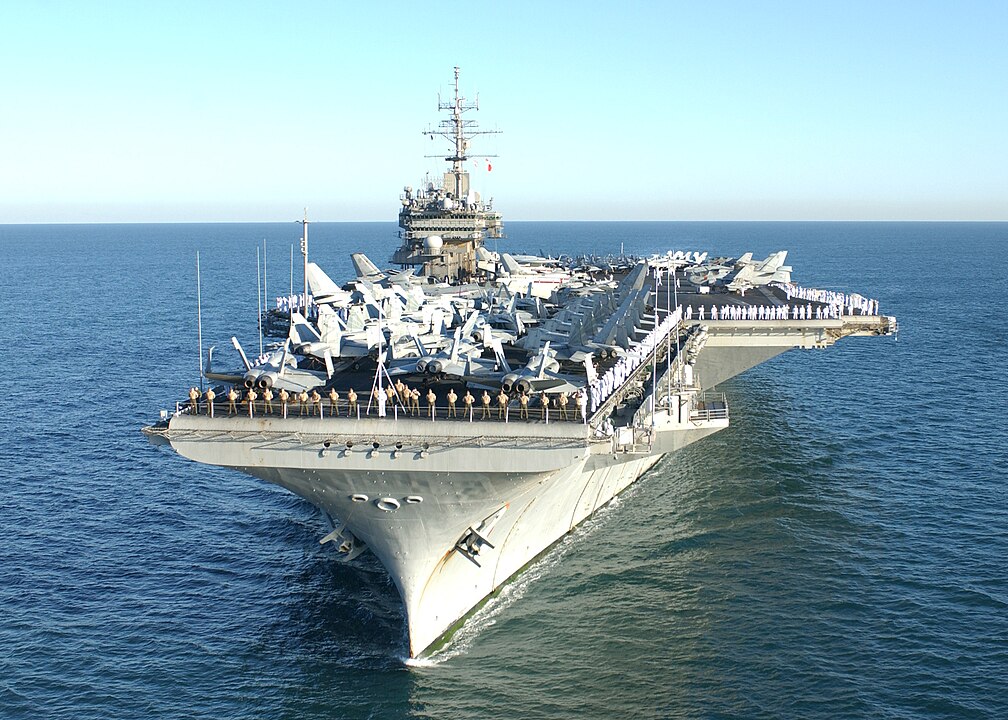
Planned upgrades to nuclear propulsion for the USS Constellation were canceled. The high costs and technical challenges of nuclear conversion were deciding factors.
USS Forrestal (CV-59)
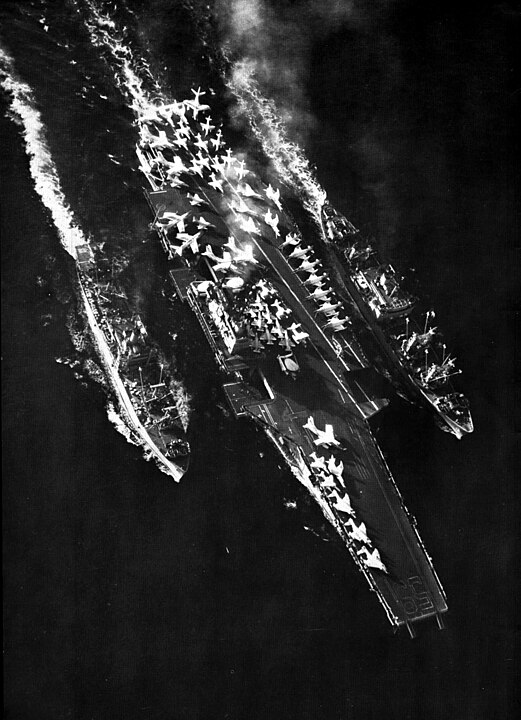
Proposed nuclear-powered versions of the USS Forrestal were never realized. Budgetary constraints and the advent of newer carrier designs influenced this decision.
HMS Eagle (R05)

A proposed new class of British aircraft carriers, the HMS Eagle, never saw construction. Economic pressures and strategic realignments led to the project’s cancellation.
USS Intrepid (CV-11)

Although the USS Intrepid served valiantly, proposed nuclear conversions never took place. The expense and complexity of nuclear retrofitting were significant deterrents.
This article originally appeared in MyCarMakesNoise.
More from MyCarMakesNoise
8 Limited Edition Luxury Yachts Worth Investing In
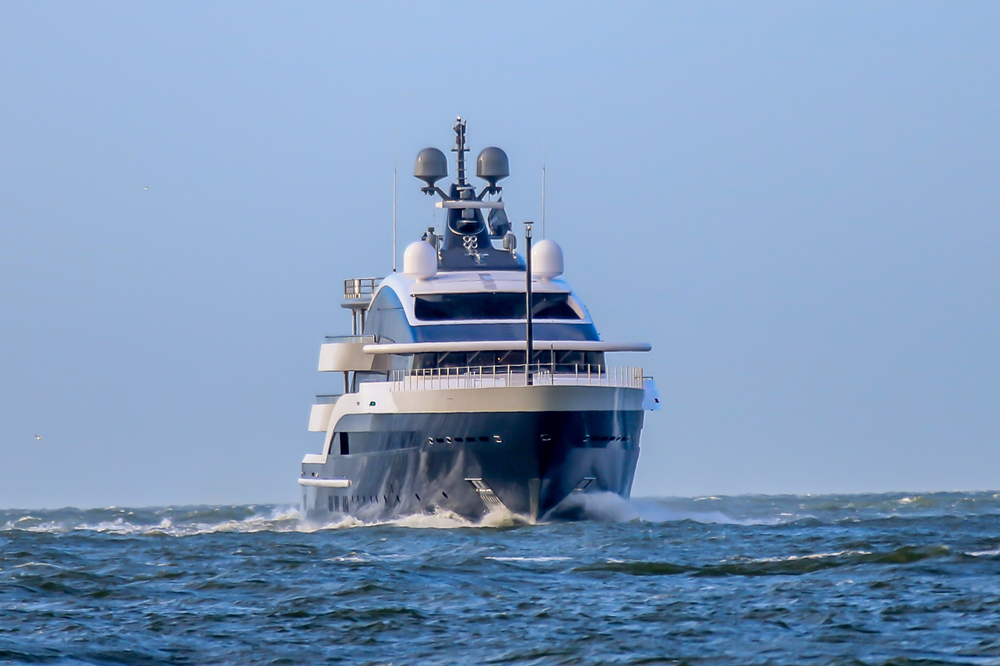
Investing in a luxury yacht is a dream for many, but finding the perfect one can be challenging. Limited edition yachts offer a unique blend of exclusivity, advanced technology, and unparalleled craftsmanship, making them highly sought after. Read More.
17 Lesser-Known Performance Cars with Impressive Specs
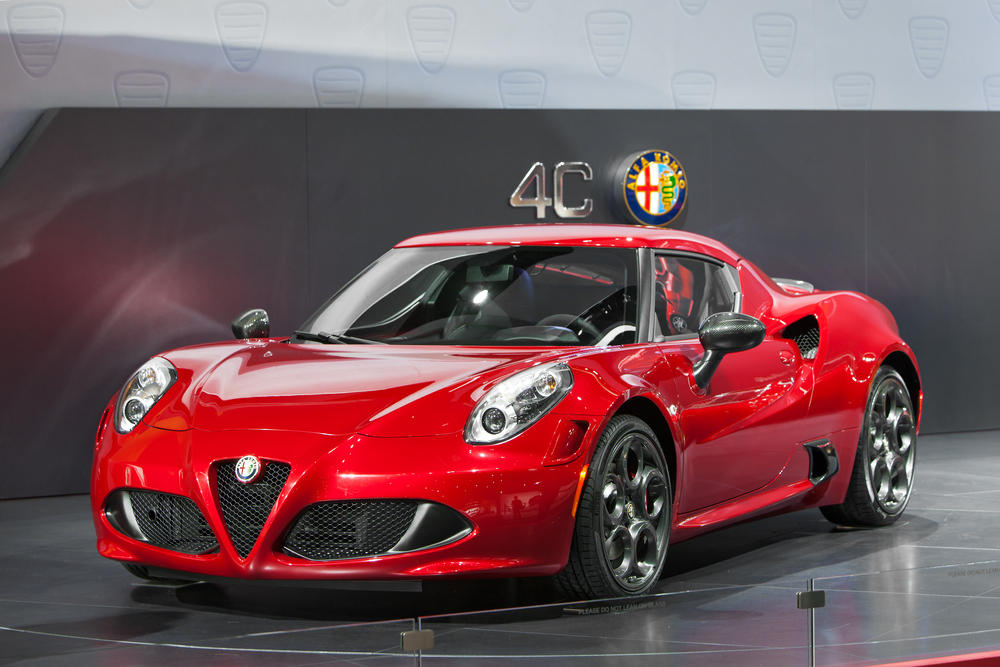
Performance cars often capture the imagination with their speed, power, and sleek designs. While iconic models like the Porsche 911 and Ferrari F8 steal the spotlight, many lesser-known performance cars offer equally impressive specs. Read More.
17 Rare Concept Cars That Became Valuable Collectibles
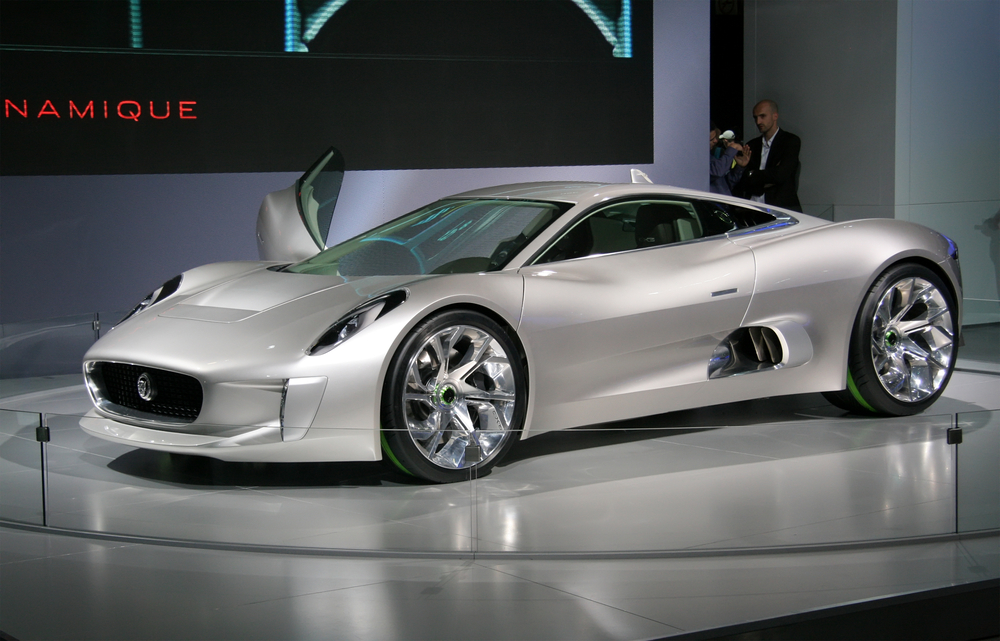
Concept cars have always fascinated car enthusiasts and collectors with their innovative designs and cutting-edge technology. Some of these rare prototypes never made it to production, yet they have become highly coveted collectibles over time. Read More.




